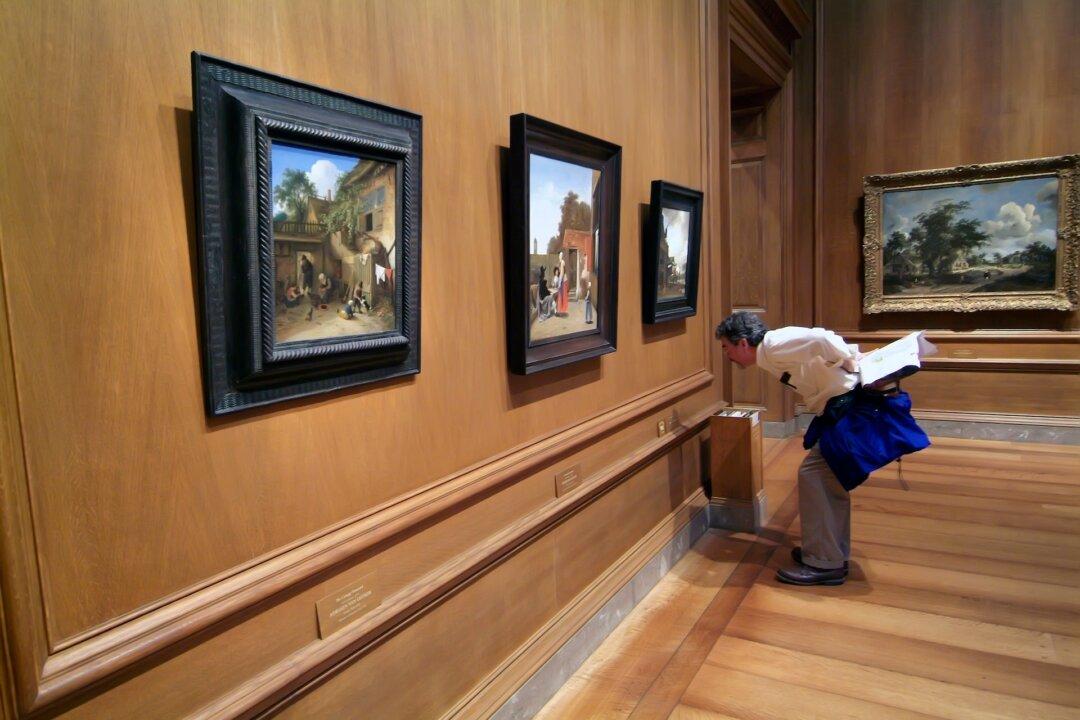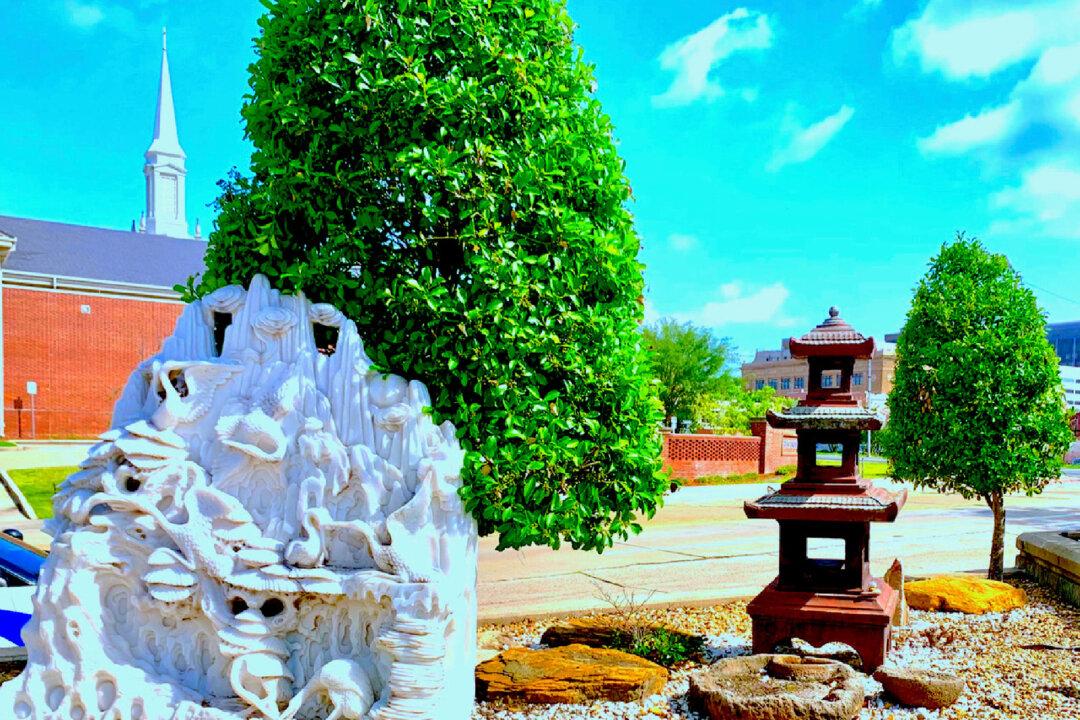In the heart of Los Angeles, we discovered an area that was inhabited for thousands of years before the arrival of humans: the La Brea Tar Pits and Museum. From viewing the exhibits and reading the signs at each one we learned so much about the natural history of this area.
In the late 1800s a series of tar pits there was mined for the naturally sticky tar used to make asphalt for sealing roofs and making roads. Along the way, miners made some remarkable discoveries. Today you can see small lakes of accumulated rainwater in the depressions where tar was removed. Oil still deep below the surface causes some of them to have a sheen, and in places tar bubbles and has an offensive odor.





